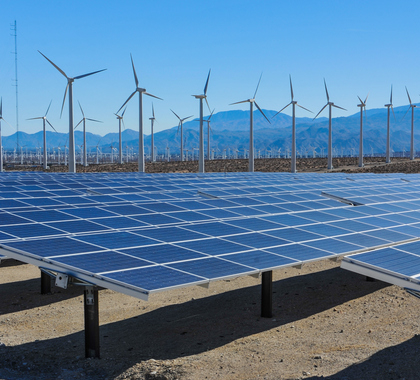Australia’s ruling Liberal Party has changed course on energy policy after an internal revolt against proposed energy restrictions cost Prime Minister Malcolm Turnbull his job.
Previous governments’ ambitious carbon dioxide emission reduction targets forced several coal power plants to close prematurely and be replaced by more-expensive intermittent renewable energy sources, causing large-scale blackouts in South Australia. Despite those problems, Turnbull pledged to cut carbon dioxide emissions by 26 percent by 2030 in order to meet Australia’s obligations under the Paris climate agreement. In a last-minute effort to save his job after Liberal Party members of Parliament threatened to challenge his leadership position, Turnbull pulled the carbon emission cuts from his plan in mid-August.
Turnbull’s decision came too late, with his Liberal Party naming Scott Morrison, then Australia’s Treasurer, to replace Turnbull as prime minister on August 24.
Focusing on Electricity Prices
One of Morrison’s first decisions was to replace the previous administration’s climate-focused energy policies with an effort to reduce Australia’s high energy costs and improve the reliability of the nation’s electric power grid by utilizing all available resources.
Energy Minister Angus Taylor announced the new government’s plan on August 30, less than a week after Morrison became Prime Minister. The government proposes lifting the moratorium on exploration for coal and natural gas and halting the closing of low-cost coal power plants.
“My number one priority is very, very simple,” said Taylor. “It is to reduce power prices and to do this while we keep the lights on.
“It’s ironic that in a country with an abundance of natural resources—coal, gas, water, solar, wind—we should be in the position we are today,” Taylor said. “We have to leverage those resources, not leave them in the ground.”
‘This Painful Path’
A 2017 report from the Australian Energy Market Commission found the average Australian household pays 34.41 cents per kilowatt hour (kwh) for electricity, more than three times as much as in the United States, where the average price is 10.54 cents per kwh.
Australia’s experience offers a teachable moment Americans should learn from regarding the replacement of coal with inefficient, intermittent energy sources such as solar and wind, says James M. Taylor, a senior fellow with The Heartland Institute, which publishes Environment & Climate News.
“Australia offers a trial-and-error experience from which the United States can learn,” said Taylor. “When environmental activists shut down coal power and attempt to replace it with wind and solar power, prices rise dramatically and electricity becomes unreliable.
“Let’s hope America learns from Australia’s error and does not go down this painful path in the first place,” Taylor said.
Taylor says several European countries have paid a hefty toll for their attempts to get rid of coal power.
“Australia is by no means the first country to learn this lesson the hard way,” said Taylor. “Germany, Great Britain, and Spain have also paid a steep price for similar errors.
“To our benefit, American energy prices remain much more affordable and our power supply much more reliable than they are in nations that have jettisoned coal power,” Taylor said.
Linnea Lueken ([email protected]) writes from Laramie, Wyoming.





